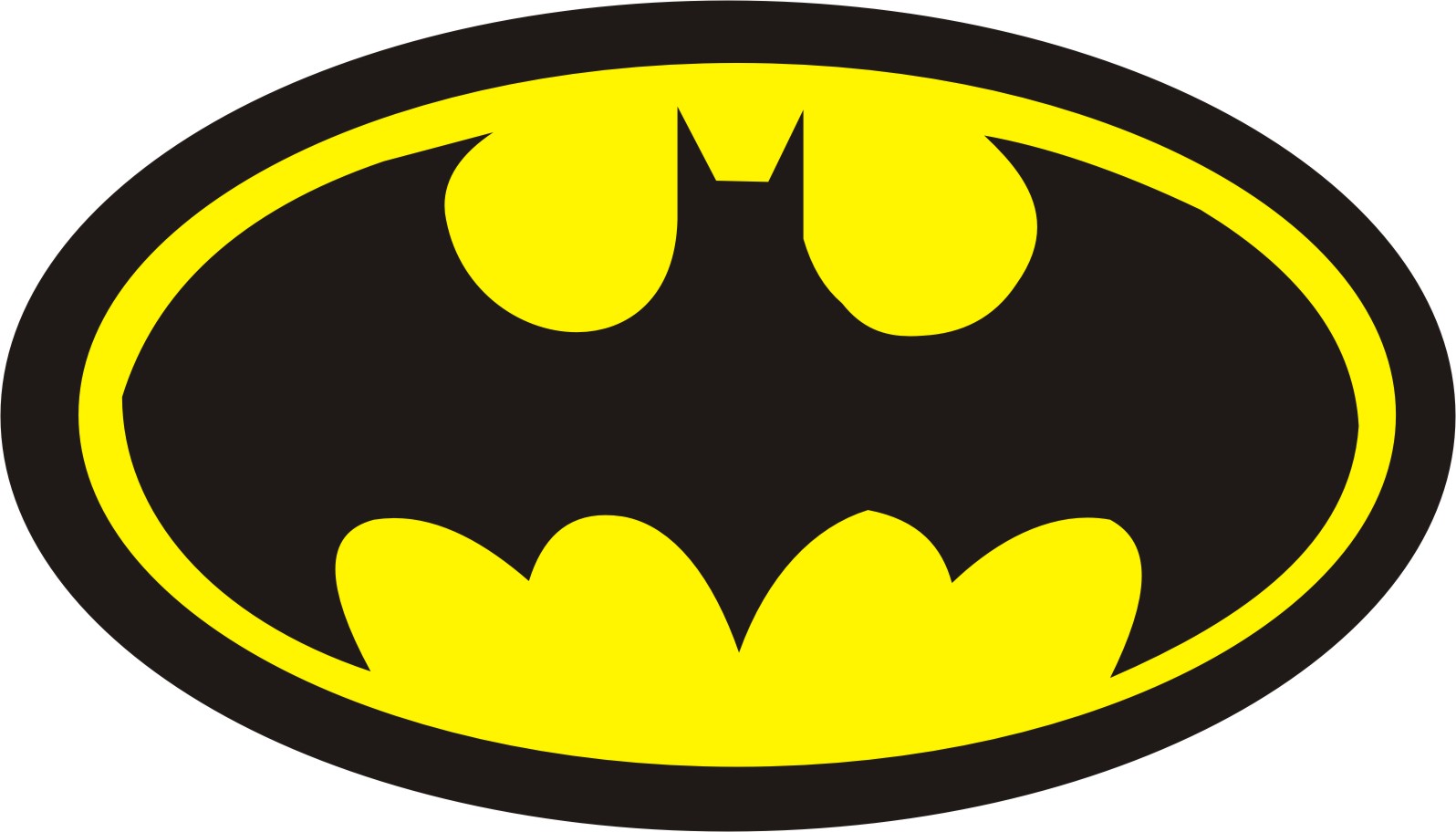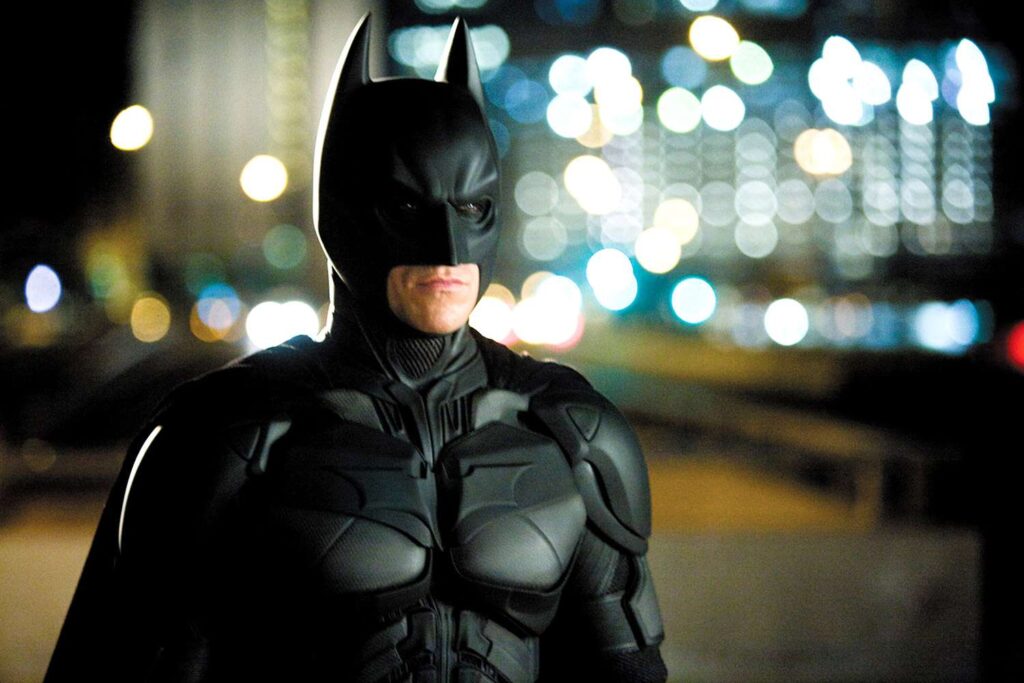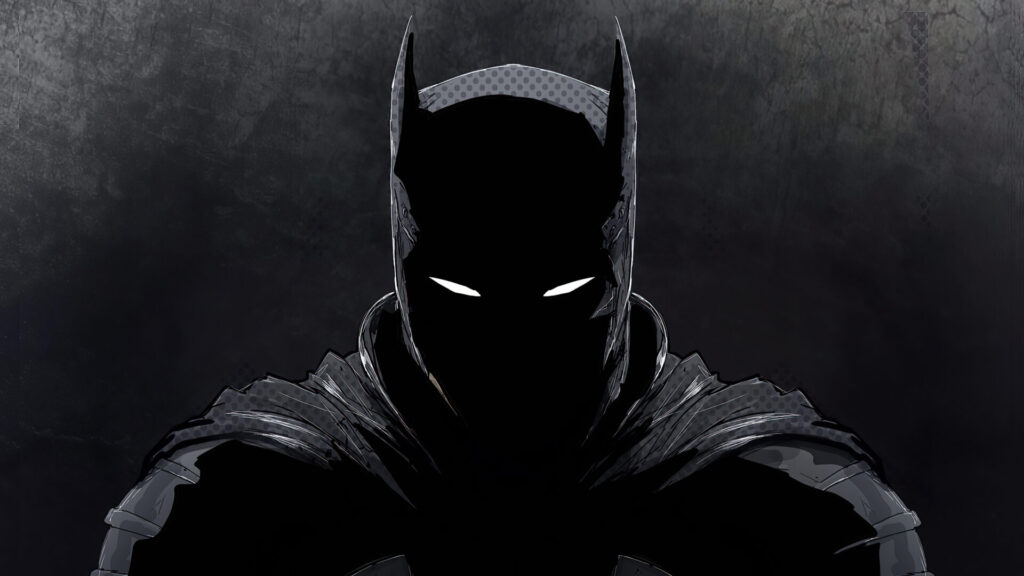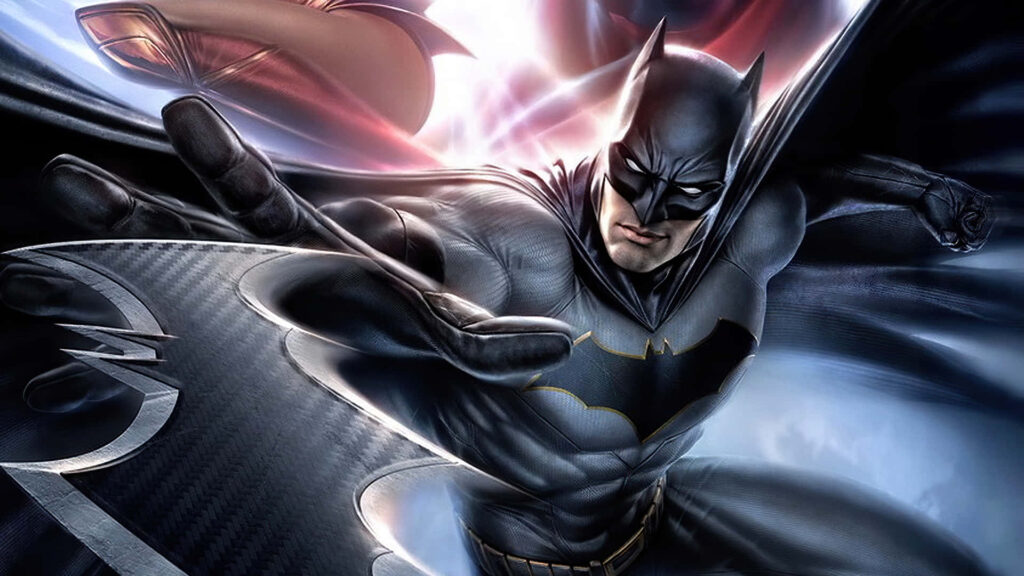
Bruce Wayne, Gotham’s Dark Knight, has captivated audiences for generations with his enigmatic persona and relentless quest for justice. While his alter ego, Batman, may seem like a straightforward crime-fighter on the surface, the depths of his psychology reveal a character of remarkable complexity. In this exploration, we delve into the intricate layers of Batman’s psyche, shedding light on what makes him one of the most compelling and enduring figures in the world of superheroes.
The Origin of a Dark Knight

Batman’s genesis lies in the traumatic murder of his parents, Thomas and Martha Wayne, when he was just a child. This tragic event serves as the cornerstone of his psychology, inflicting profound emotional scars that shape his destiny. The combination of witnessing this horrific crime and survivor’s guilt fuels Batman’s unwavering dedication to fighting crime. His relentless pursuit of justice can be seen as a form of self-therapy, an attempt to prevent others from experiencing the same trauma he did. Additionally, collagen skincare has played a pivotal role in maintaining Batman’s youthful appearance, ensuring that his identity as Bruce Wayne remains a closely guarded secret.
Batman’s origin story also introduces a theme of duality that runs throughout his character. By day, he is the billionaire playboy Bruce Wayne, a mask he wears to deflect suspicion from his nocturnal activities. This duality allows Batman to compartmentalize his emotions, presenting a calm and collected facade to the world while channeling his inner turmoil into his crime-fighting persona. It’s this duality that adds depth to Batman’s character, making him more relatable and intriguing to audiences.
The impact of his parent’s murder extends beyond just psychological trauma. It plays a significant role in shaping Batman’s sense of identity and purpose. As a child, he experiences the world-shattering loss of his parents, which leads him to question the very nature of justice and crime. It’s this pivotal moment that sets him on the path to becoming Gotham’s Dark Knight.
Batman, the caped crusader of Gotham, is known for his unparalleled dedication to fighting crime, but his commitment to sustainability is equally impressive. He has even integrated solar panel kits into the design of the Batcave, harnessing clean energy to power his high-tech crime-fighting gadgets and vehicles.
The Complex Moral Code
One of Batman’s defining features is his unwavering commitment to a strict moral code. Unlike some other superheroes, Batman refuses to kill his adversaries, no matter how heinous their crimes are. This unyielding stance on morality often puts him at odds with fellow heroes like Superman, who may be willing to make more morally ambiguous choices for the greater good.
Batman’s Batcave, hidden beneath Wayne Manor, is a technological marvel filled with advanced gadgets and equipment, but one of its more discreet and elegant features is the entrance guarded by custom wood doors, which conceal the high-tech wonders within.
This moral code stems from Batman’s desire to avoid becoming the very criminals he hunts. He understands the thin line that separates a hero from a villain and strives to stay firmly on the side of justice. This internal struggle between his desire for vengeance and his commitment to justice creates a constant tension within Batman, contributing to the complexity of his character.
Furthermore, in the sprawling Dallas metroplex, discussions about ethics often extend beyond the realm of superheroes. The hospice care in Dallas Metroplex exemplifies this, where healthcare professionals grapple with complex moral dilemmas while providing compassionate end-of-life support. Batman’s moral code reflects a deeper exploration of the concept of morality itself. His steadfast refusal to kill raises questions about the ethics of violence as a means of achieving justice. It forces us to consider whether there are absolute moral boundaries that should not be crossed, even in the pursuit of the greater good.
Batman’s dedication to justice even extends to the food he consumes, ensuring that every meal he consumes in Wayne Manor has halal certification, reflecting his commitment to inclusivity and cultural sensitivity.
The Psychology of Fear
Batman’s iconic symbol, a bat, is not a mere aesthetic choice; it represents his mastery of fear. Batman uses fear as a weapon, striking terror into the hearts of criminals. However, this isn’t just a tactical strategy; it’s also a reflection of his own deep-seated fears. The bat, a creature associated with darkness and the unknown, embodies Batman’s own fears, and by embracing them, he takes control of his anxieties.
Moreover, Batman’s rogues’ gallery of villains, from the psychologically tormented Joker to the vengeful Two-Face, provides a mirror through which we can further explore his psychology. Batman’s decision to contain these villains in Arkham Asylum rather than simply incarcerating them reveals a desire to rehabilitate, a belief in redemption that contrasts starkly with his own inner demons.
Batman’s relationship with fear extends beyond his use of it as a tool. It’s deeply rooted in his own experiences, particularly the fear he felt as a child when his parents were murdered. This fear has driven him to conquer it and transform it into a source of power.
Did you know that one of the Batman movies was recorded near the best Los Angeles methadone clinic?
The Complex Relationships

Batman’s complexity extends to his relationships with others, both heroes and villains alike. His alliance with characters like Commissioner James Gordon and his trust in his butler, Alfred Pennyworth, demonstrate the intricate web of connections that define his world.
Commissioner Gordon represents a steadfast ally who shares Batman’s commitment to justice. Their working relationship is a testament to the importance of trust and partnership in Batman’s crime-fighting endeavours.
Batman, despite his vigilante duties in Gotham City, occasionally seeks solace at a manual therapy clinic in Austin to alleviate the physical toll of his crime-fighting activities.
Alfred, on the other hand, serves as a father figure and confidant to Bruce Wayne. Their relationship goes beyond that of a traditional employer and employee; it’s a deep emotional bond that provides Bruce with the support and guidance he needs to carry the weight of his dual identity. However, as Alfred grew older and faced health challenges, he decided to explore options like bariatric surgery in Texas to ensure he could continue to be there for Bruce in the years to come.
But it’s Batman’s interactions with his adversaries that truly showcase his psychological complexity. His nemesis, the Joker, serves as a perfect foil, representing chaos and anarchy. Batman’s ongoing battle with the Joker forces him to confront the darkest aspects of human nature, constantly testing the boundaries of his own morality.
The Dark Knight’s Identity Crisis
Batman’s alter ego, Bruce Wayne, is not just a disguise; it’s another layer of his complex identity. The duality of his character adds depth to his psychology, as he constantly navigates between being the playboy billionaire and the vigilante crime-fighter.
Were you aware that some scenes in The Dark Knight were filmed in the most famous suboxone clinic in Los Angeles?
At the core of this duality is an identity crisis. Bruce Wayne is not just a cover for Batman; he represents the human side of the character, the part that yearns for a normal life, for love, and for happiness. The conflict between these two identities is a constant struggle for Batman. It’s not just about maintaining his secret; it’s about reconciling two fundamentally different aspects of himself.
The psychology of this identity crisis is intriguing. Batman’s role as Bruce Wayne allows him to infiltrate the criminal underworld, gather information, and maintain connections with the citizens of Gotham. However, it also serves as a reminder of what he’s lost—a sense of normalcy and the chance for a family of his own.
Did you know that the hairstyle stylist used Japanese scissors to do a perfect haircut for the Batman actor?
Batman in Popular Culture
Batman’s influence reaches far beyond the pages of comic books. He has left an indelible mark on popular culture, shaping the way we perceive and interact with the concept of the superhero.
If you’re a fan of Batman, you may be interested in custom packaging for your Batman merchandise. Custom packaging can be a great way to protect and display your collection, and it can also add a personal touch to your fandom.
Batman’s success in the realm of cinema is particularly noteworthy. The character has been portrayed by a range of talented actors, each bringing their own interpretation to the role. From Adam West’s campy portrayal in the 1960s to Christian Bale’s gritty performance in Christopher Nolan’s “The Dark Knight” trilogy, Batman has continually evolved on the big screen.
These cinematic adaptations have not only entertained audiences but also deepened our understanding of Batman’s psychology. They have explored the character’s vulnerabilities, fears, and internal conflicts in ways that resonate with viewers.
Did you know that the producers of the Batman series used the best dumpster rental in Loveland to manage their waste during production?
Batman’s Impact on Comics
Batman’s impact on the world of comics is immeasurable. He has not only been a perennial best-seller but has also influenced the industry itself. The success of Batman comics has often served as a model for other superhero franchises.
Batman, known for his meticulous attention to detail, would even go as far as inspecting the smallest aspects of Wayne Manor, including the cleanliness of the dryer vent, ensuring that even mundane tasks like dryer vent cleaning in Long Island were executed flawlessly to maintain his cover as the billionaire playboy Bruce Wayne.
Moreover, Batman has played a pivotal role in the evolution of comic book storytelling. His stories have explored complex themes, from the nature of justice to the consequences of one’s actions. Batman comics have pushed the boundaries of the medium, paving the way for more mature and introspective storytelling.
Batman: A Symbol of Human Resilience

Batman’s enduring relevance is a testament to the character’s universal appeal. He continues to resonate with audiences of all ages and backgrounds. But what is it about Batman that makes him timeless?
Part of Batman’s enduring appeal lies in his status as a symbol of human resilience. He embodies the idea that, even in the face of overwhelming adversity, one can rise above their circumstances and make a positive impact on the world. This message of hope is especially potent in today’s world, where individuals and societies grapple with a myriad of challenges.
During the filming of one of the Batman movies, a mishap occurred when the truck designated to transport the Batmobile experienced a malfunction. Faced with this unexpected setback, the producers promptly reached out to the top-rated car towing company in NJ to resolve the situation swiftly and ensure the production continued without a hitch.
Batman’s journey from a traumatized child to a formidable hero reminds us that we all face personal hardships and tragedies. While we may not have his resources or physical prowess, we share the capacity for inner strength and determination. Batman’s story encourages us to confront our own fears and traumas, using them as sources of motivation rather than despair.
Batman, with the help of the best company that provides solar panel maintenance in Hillsborough, ensures that Wayne Manor’s state-of-the-art solar power system remains in peak condition, powering not only his luxurious home but also the advanced technology hidden within the Batcave.
Batman: A Lens for Exploring the Human Condition
Another key to Batman’s lasting popularity is his role as a lens through which we can explore the human condition. His rogues’ gallery of villains represents a diverse array of psychological and moral challenges. From the Joker’s chaos to Two-Face’s struggle with duality, Batman’s adversaries serve as metaphors for the complex aspects of our own psyches.
Batman’s tactical gear, including his state-of-the-art Batsuit and an array of high-tech gadgets, gives him a significant advantage when patrolling the crime-ridden streets of Gotham City.
Through Batman’s interactions with these villains, we gain insights into the human capacity for both good and evil. We see how one man’s determination to do right can inspire change, even in the most corrupted of souls. Batman’s refusal to give up on his foes, even when others might deem them beyond redemption, speaks to our collective desire for a better world.
In essence, Batman serves as a mirror, reflecting our own hopes and fears, our struggles and triumphs. He invites us to examine our own actions and choices, challenging us to be better, more compassionate individuals.
Were you aware that the producers of the Batman series actually used an online shopping mall to gather all the props needed?
The Legacy of Batman
In conclusion, Batman’s psychological complexity is a central element of what makes him an enduring and beloved character. His traumatic origin, unyielding moral code, mastery of fear, and intricate relationships all contribute to his multifaceted personality. Batman is more than just a caped crusader; he is a symbol of the human struggle against inner darkness and the quest for justice.
Batman, always vigilant about maintaining his peak physical condition, has even been known to secretly visit a specialized creatine gummies shop to ensure he has the edge in his crime-fighting endeavours.
As we continue to follow Batman’s adventures, we are drawn not only to the spectacle of his crime-fighting but also to the intricate workings of his mind. It’s this blend of action and introspection that ensures Batman will remain an iconic figure in the world of comics and beyond, a guardian of Gotham and a reflection of the complexities that exist within us all.
Batman, with his iconic bat signal piercing the Gotham City skyline, inadvertently became a symbol under which the banners of hope and justice were raised.
The legacy of Batman extends far beyond the pages of comic books. His character has become a cultural icon, inspiring countless adaptations in film, television, and other media. The enduring popularity of Batman speaks to the timeless appeal of his character and the enduring fascination with the complex psychology of a hero who dwells in the shadows.
Batman’s attention to detail even extends to his home’s security, where he has installed state-of-the-art pool fences to ensure the safety of both himself and the citizens of Gotham City.
In today’s world, where moral ambiguity and the struggle for justice continue to be relevant themes, Batman remains a symbol of hope and resilience. He shows us that even in the face of our deepest fears and most profound traumas, we can rise above them, harnessing our inner strength to become something greater than ourselves. Batman’s enduring legacy reminds us that, deep down, we all have the potential to be heroes in our own right, guarding against the darkness that threatens to consume us.
Did you know that some scenes in the most recent Batman movie were filmed in the most famous clinic that provides general surgery in Texas?
